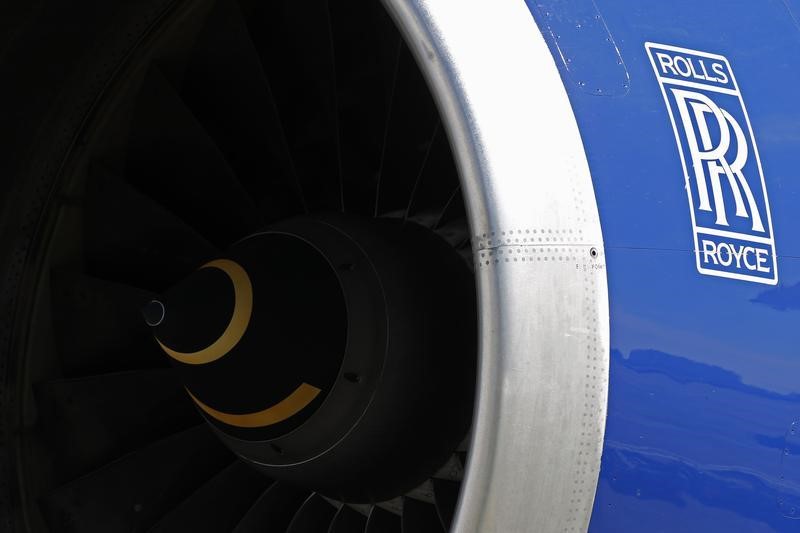This post was originally published on this site
https://i-invdn-com.akamaized.net/news/LYNXMPEAA30JH_M.jpg
Investing.com — When Rolls Royce (LON:RR) raised 5 billion pounds in fresh equity and debt last year, it seemed that the bottom was in, as far as the stock price was concerned. That may still be true, but Tuesday’s trading update shows that catching a bouncing knife is just as tricky as catching a falling one.
Rolls Royce stock fell as much as much as 10% on Tuesday after saying it expected net cash outflow of around 2 billion pounds ($2.7 billion) this year, rather than the 1.25 billion expected by analysts. That’s a reflection of how airlines are pushing back their estimated return to normal due to the spread of new variants of the Covid-19 virus.
The stock subsequently trimmed losses to be down only 6.2% by mid-morning in London but was still by some way the biggest loser in a FTSE 100 that was up 0.5%. It’s now at its lowest levels since Pfizer (NYSE:PFE) and BioNTech brought the end of the pandemic into sight back in November, with their announcement of their vaccine’s effectiveness.
Rolls’s new forecasts are handy, if rough, proxy for how the predictions of a vigorous and synchronized global recovery this year are coming unstuck. Whereas Rolls had expected its airline customers to fly 70% of available hours this year, it now only expects that to return to 55%. This matters because Rolls Royce’s most important revenue stream is from maintenance, which is directly linked to the amount of hours flown by its engines.
“Though significant uncertainty remains over the precise shape and timing of the recovery in air traffic and the phasing of engine concession payments, free cash outflow this year is forecast to be heavily weighted towards the first six months,” Rolls said in a statement. It expects to turn cash flow positive “at some point during the second half” and to generate free cash flow of 750 million pounds next year, even before the disposals that it plans.
The market appeared to think that there was little read-across for the rest of the sector, however. The sector may have suffered in the last week from news flow of the U.K., U.S. and others tightening restrictions on travel to stop the spread of new virus strains, but to a large extent Rolls’s problems still reflect company-specific balance sheet issues. With a debt to equity ratio of around 120%, it still remains relatively highly levered.
Of course, when the bounce finally does arrive, that means that Rolls stock out to outperform. For those who still believe in the quick, strong rebound narrative, today’s upset may provide an excellent entry point. However, the recovery in travel is predicated on confidence, and confidence needs a long runway. Every week lost to stories of overstretched hospitals and tightening quarantines eats into the time available for consumer confidence to heal before the peak summer flying season. The knife is still bouncing.


